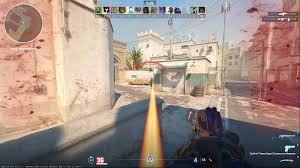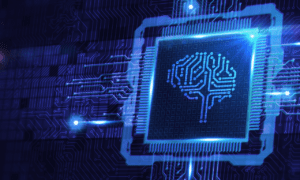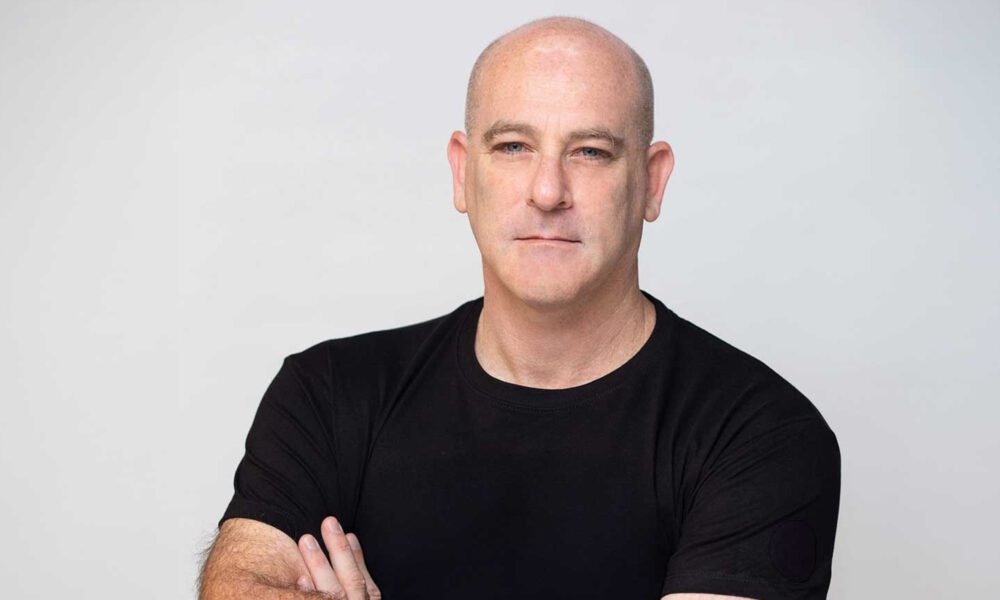What “Minimum Requirements” Really Mean for Counter-Strike 2
Publishers list minimum requirements to describe the bare-basics environment in which a game can technically launch. For Counter-Strike 2, that means a modern quad‑core CPU, 8 GB of RAM, and a GPU with contemporary shader support. Yet the distance between “launches” and “plays well in Premier” is huge. Competitive shooters punish inconsistent frame times, and even minor hitches can cause missed sprays or late peeks. The practical target for everyday players is smooth 144 Hz consistency, which is far more demanding than a simple menu boot.
CPU, GPU, and Storage: Where Bottlenecks Hide
In CS2, CPU scheduling and cache behavior drive input latency just as much as raw GPU throughput. Many budget systems ship with low‑power laptop chips or legacy quad‑cores that throttle under sustained load. In parallel, entry‑level GPUs may meet the shading requirement but struggle with post‑processing at 1080p. Storage matters too: NVMe drives cut map load spikes that can otherwise stutter your pistol round. The mix of all three determines whether your crosshair feels glued or jittery when enemies swing corners.
1) Favor high, stable clocks over many slow cores for best frametime consistency.
2) Disable heavy overlays and capture tools; they tax CPU/GPU pipelines.
3) Use NVMe SSDs to minimize streaming hitches on large community maps.
4) Prefer borderless fullscreen if alt‑tabbing often during practice.
Graphic Presets vs. Competitive Visibility
Ultra settings showcase the Source 2 renderer, but they also add fog volumes, soft shadows, and particle density that can obscure silhouettes. Competitive players typically slash shader quality, reflection detail, and global illumination while keeping texture clarity for model recognition. The goal isn’t the prettiest scene; it’s the fastest visual confirmation of threat direction and distance. With a carefully pruned profile, even iGPU users can approach a consistent 120–144 FPS in small arenas.
1) Lower shadows, reflections, and volumetrics before touching texture quality.
2) Lock a sensible frame cap to reduce micro‑stutter on 144 Hz displays.
3) Tune digital vibrance and contrast for enemy readability, not saturation.
Why Some Players Report Better Stability with Private Tools
Performance isn’t only about sliders; it’s also about code paths. Lightweight private software that minimizes CPU wakeups and draw calls can smooth frametimes on dated hardware. Players who buy cs2 cheat often cite that their game stays responsive at the lowest graphics preset because the toolset is engineered to avoid heavy overlays and keeps background logic lean. The result is less hitching when bomb sites fill with utility, and steadier aim during multi‑frag entries.
Putting It All Together for a Low-End Build
Start with a clean OS profile, updated chipset drivers, and a power plan that holds boost clocks. Move CS2 to SSD storage, kill third‑party overlays, and trim background tasks. In‑game, drop shadows and post effects first, then right‑size textures for your VRAM. Finally, keep a stable frame cap and consistent mouse polling. With these steps, even budget rigs can deliver the crisp, delay‑free feel needed for ranked play—and with a minimal overhead toolset focused on efficiency, you can squeeze out those last frames that decide clutches.
Consistency beats peak FPS in competitive play. Prioritize steady frametimes, predictable input, and clear visual information over cinematic effects. Small upgrades—RAM in dual‑channel, sensible caps, thermal maintenance, and clean drivers—compound into a night‑and‑day feel when you swing, counter‑strafe, and hold tight angles.Consistency beats peak FPS in competitive play. Prioritize steady frametimes, predictable input, and clear visual information over cinematic effects. Small upgrades—RAM in dual‑channel, sensible caps, thermal maintenance, and clean drivers—compound into a night‑and‑day feel when you swing, counter‑strafe, and hold tight angles.Consistency beats peak FPS in competitive play. Prioritize steady frametimes, predictable input, and clear visual information over cinematic effects. Small upgrades—RAM in dual‑channel, sensible caps, thermal maintenance, and clean drivers—compound into a night‑and‑day feel when you swing, counter‑strafe, and hold tight angles.Consistency beats peak FPS in competitive play. Prioritize steady frametimes, predictable input, and clear visual information over cinematic effects. Small upgrades—RAM in dual‑channel, sensible caps, thermal maintenance, and clean drivers—compound into a night‑and‑day feel when you swing, counter‑strafe, and hold tight angles.





























